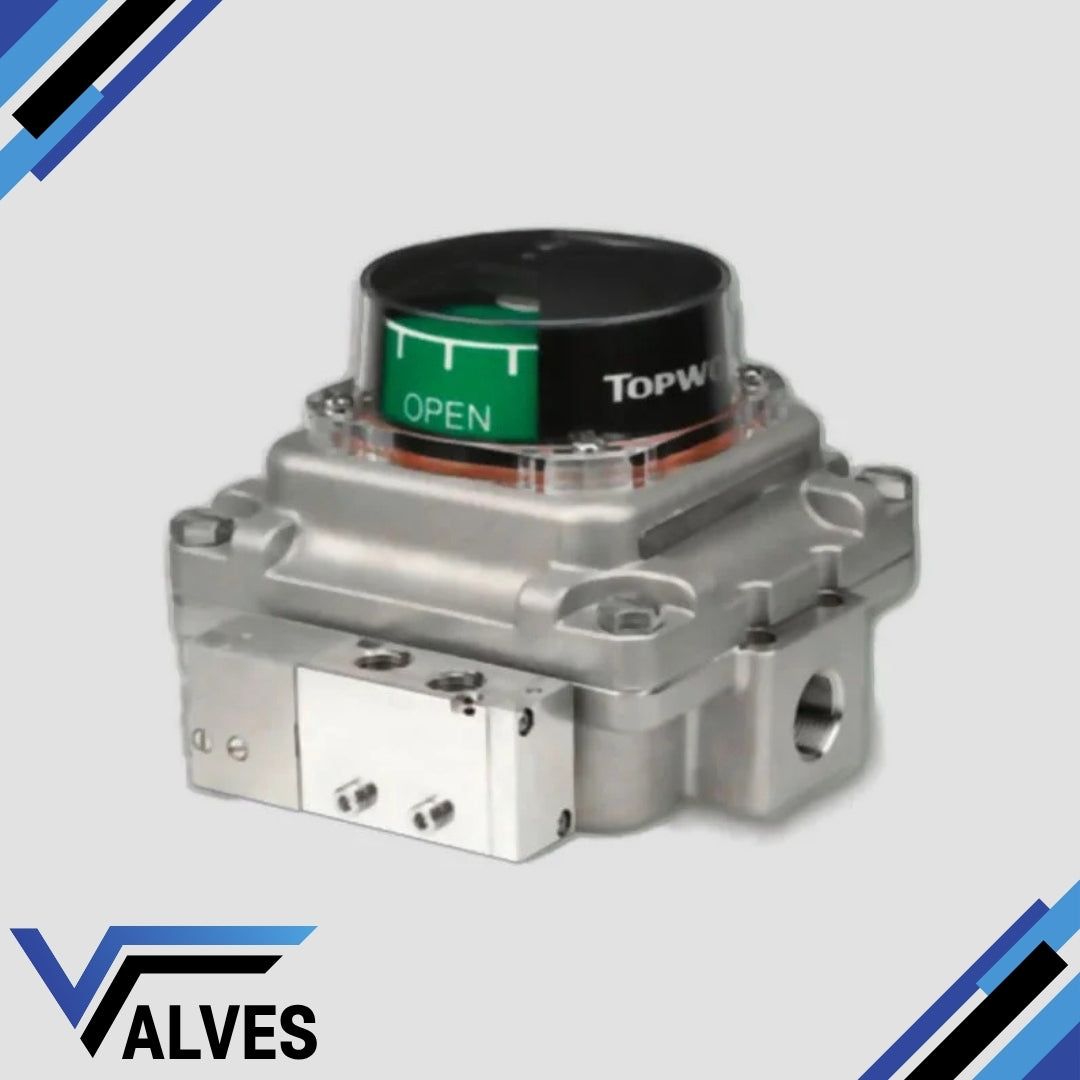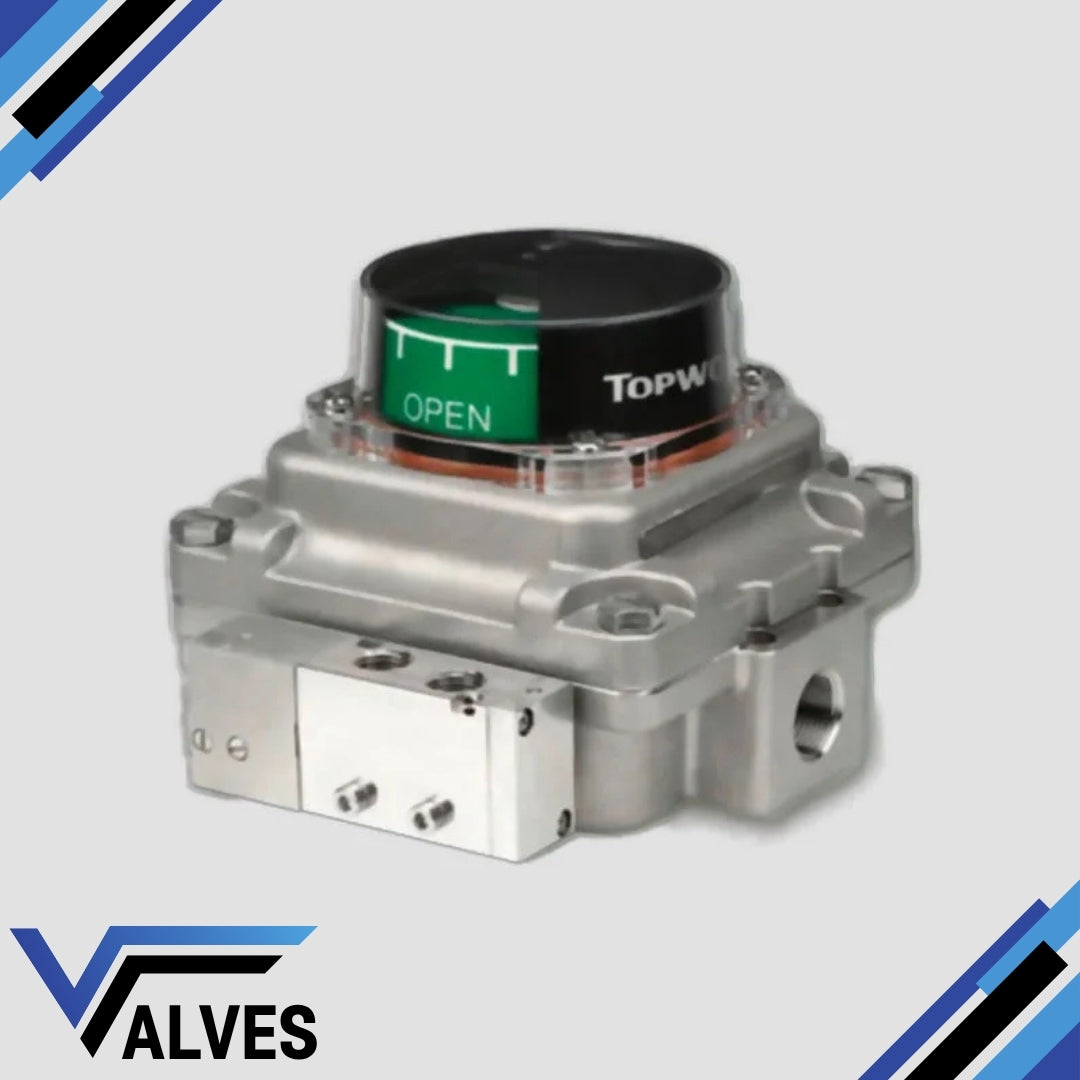Topworx Switchboxes
TopWorx Limit Switch Box TXS-0X1GNPM Valve Monitor
TopWorx Limit Switch Box TXS-0X1GNPM Valve Monitor
Couldn't load pickup availability
The TXS-0X1GNPM Valve Monitor is part of the TopWorx TX-Series, known for its rugged construction and ability to handle extreme conditions. Equipped with GO™ Switch technology, it provides reliable valve position monitoring while supporting a range of communication protocols. Its compact design allows easy installation, even in confined spaces, making it suitable for diverse industrial applications.
Key Features:
- Corrosion-Resistant Housing: Designed to withstand harsh environments with a tropicalised aluminum enclosure.
- SPDT GO™ Switches: High-performance dry-contact switches that consume no power, ideal for energy-efficient applications.
- Global Certifications: Certified for use in hazardous locations, meeting ATEX, IECEx, and other global standards.
- IP66/67 Rating: Provides protection against dust and water ingress, ensuring durability and reliability in challenging conditions.
- Quick-Set Cams: Allows for easy and precise calibration of valve position without tools.
Additional Information:
The TopWorx TXS-0X1GNPM features NAMUR compatibility, making it suitable for both pneumatic and electric actuators. It also boasts flexible integration options with various bus networks, including HART and Foundation Fieldbus. This valve monitor significantly reduces downtime by offering seamless diagnostics and real-time operational data, ensuring that critical processes remain uninterrupted. With its robust design and versatile configuration options, it is well-suited for industries such as oil and gas, water treatment, and power generation.
Share

FAQ's
What is the difference between a valve and an actuator?
What types of actuators are available?
The main types of actuators are:
Pneumatic actuators – use compressed air for fast, reliable operation.
Electric actuators – use electrical power for precise control.
Hydraulic actuators – use fluid pressure for high-torque applications.
Each type offers unique advantages depending on the environment, media, and system control needs.
How do I choose the right actuator for my valve?
To select the correct actuator, consider:
Valve type and torque requirement
Power source available (air, electric, or hydraulic)
Operating environment (temperature, humidity, hazardous area)
Control signal type (on/off or modulating)
Matching actuator torque and compatibility with the valve’s ISO mounting ensures reliable performance.
What are the main types of valves used in automation?
The most common valves in automated systems include:
Ball valves – for tight shutoff and quick operation.
Butterfly valves – for larger flow control with compact design.
Globe valves – for precise throttling and flow regulation.
Check valves – to prevent backflow.
Gate valves – for full bore flow isolation.
What’s the difference between a double-acting and spring-return actuator?
Double-acting actuators use air (or power) to both open and close the valve.
Spring-return actuators use air to open (or close) the valve, and a built-in spring to automatically return it to a safe position when power or air is lost — ideal for fail-safe operation.
How often should valves and actuators be serviced?
Regular maintenance intervals depend on operating conditions, but a good rule of thumb is to inspect every 6–12 months.
This includes checking for leaks, lubrication, seal wear, and actuator responsiveness to prevent unexpected downtime.

